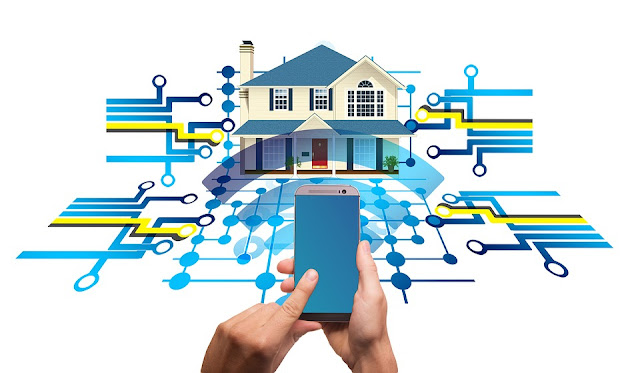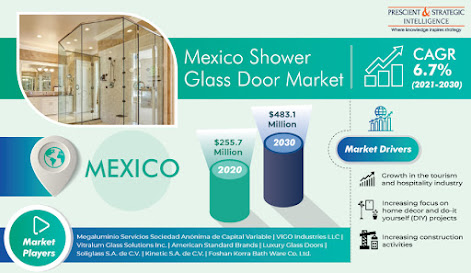Home Automation Market is in Transformational Growth Mode
The home automationmarket is growing at a significant rate, due to increasing demand for energy
efficient and green product solutions; introduction of managed home automation
services; price competitiveness because of large number of players; and
innovation in communication, sensor, analytic, and touch screen technologies.
The strong initiatives from government to promote green building and green
cities are driving the growth of the home automation market. Power-line
communication technology is creating its importance in power systems and home
automation, which is providing ample growth opportunities for the home
automation market at a considerable rate in the coming years.
With the help of home
automation, the various electrical and electronic systems can be structured
through the support of automation and computerized controls. Desktop PC is used
as a server in the home automation control.
Bluetooth or wireless fidelity (Wi-Fi) enabled devices, such as mobile
phones and laptops are used to control the application based systems in the
home automation system. The home automation systems are convenient to install
and use and they also meet the interoperability requirements for various
applications. However, challenges such as lack of skilled labor and unethical
technological breaches are restraining the growth of the home automation market.
Request to Get the Sample Report@ https://www.psmarketresearch.com/market-analysis/home-automation-market/report-sample
Some of the standards
and protocols followed in the home automation market are digital addressable
lighting interface, building automation and control network, digital
multiplexer (DMX), power line communication (PLC), Ethernet, National
Electrical Manufacturers Association, Blackbox, Modbus, KNX Association, and
LonWorks. Some of the wireless communication technologies used in the home automation
market are Bluetooth, wireless fidelity (Wi-Fi), ZigBee, Enocean, and Z-Wave.
Network technologies used in the market are code division multiple access
(CDMA) networks, global system for mobile/high speed packet access (GSM/HSPA)
networks, and long term evolution (LTE) networks.
Some of the factors
driving the growth of the home automation market are increasing application
areas, growing smartphone applications, up surging needs of the consumer for
convenience, and connectivity safety. Some of the factors restraining the
growth of the home automation market are low consumer awareness, dependency on
real estate industry cycle, perceived security and health risks, and high
initial investment and implementation cost.
Some of the
competitors in the home automation market are Crestron Electronics Inc.,
Schneider Electric SA, Ingersoll-Rand PLC, United Technologies Corporation,
Cytech Technology Pte. Ltd, Siemens AG, Johnson Controls Inc., ABB Ltd.,
Honeywell International Inc., and Legrand S.A.




Comments
Post a Comment